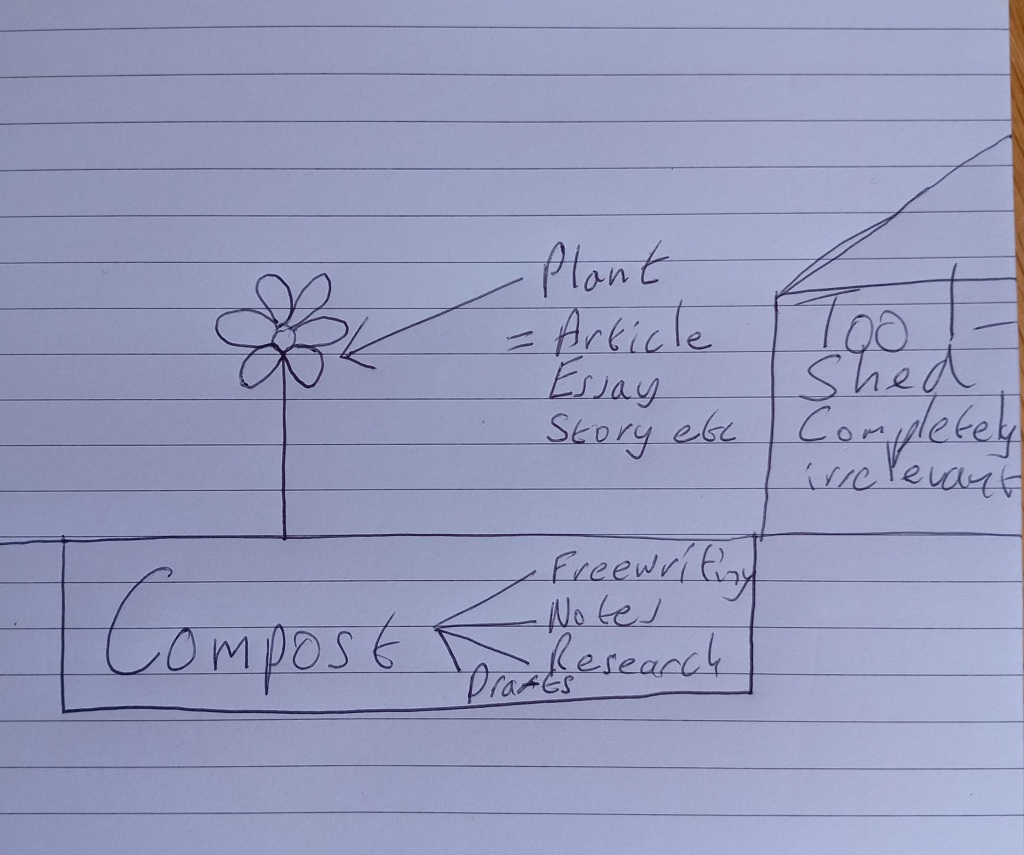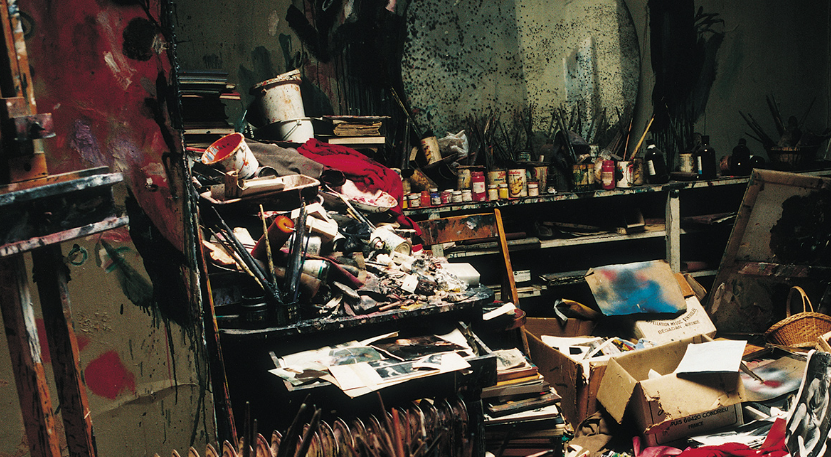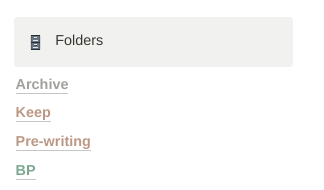
I have an aversion to mess.
When my house is messy, I feel powerless to do anything. Moreover, when I am working if my files are disordered, it uneases me. This often means I have to root around folders and the whole enterprise feels a little grubby. As the work progresses I develop a growing sense that I want to be done with the whole thing and I will hit publish far ahead of the time when I have something that I am truly happy with.
This finished product should be much more polished. It is not messy – it is ordered. It’s similar to how you want your house if you invite people over for a party. You want to be the urbane sophisticant who has everything in place and can therefore focus on the job of hosting (“Another canape Bertrand?”). The hours you spent cursing the world as you cleaned and tidied your bombsite of a home – the frantic last minute trips to Tesco should not show – it should be exactly as you want it.
And yet….
And yet creativity is messy. There is a reason why the phrase “wrestle with the material” exists. Creating something is an awkward uncomfortable process where you need to do things won’t be polished and perfect. These are the various useful acts that should not see the light of day to the end reader. I’m thinking particularly of lists, freewriting, diagrams or any reference material. These should not be seen – they inform the work but are not visible.
What I am getting to is the idea of limiting the amount of “unnecessary mess” that you have around. Things that have no relationship whatsoever to the finished product. Although Francis Bacon was a brilliant artist, I could never work in an environment like 7 Reece Mews, his studio.

I don’t really understand how he got around to anything meaningful with all this rubbish around. Although he championed the notion that art arises out of chaos, which he referred to as “compost” I feel that there is more here than I could comfortably deal with.
Of course, I’m comparing apples with oranges. Bacon dealt with the physical realm and I am largely talking about the digital one. My own junk mainly manifests itself in the way that my files and computer is organised. An easier way of looking at it is by viewing this diagram.

Let’s imagine your working environment exactly like a garden. There are three elements here – the compost, the tool shed, the plants. These represent the three kinds of data that you are dealing with.
The tool shed contains all the things that are unrelated to what you are doing. That random pdf you downloaded – completely irrelevant, your CV – useless, your holiday snaps – lovely but unnecessary. There may be a time when each of these is needed but it is not now – keep them away.
The compost is where all the “necessary mess” goes. It is the raw matter that is going into the finished work. This will be research, photos, freewriting, drafts. In short any useful task you undertake before you publish anything
The plant itself is what you are reading right now. It’s the bit that is visible to the world – the hardy plant you see brightening up a beautiful garden. Invisibly connected to all the messy organic matter that produced it.
All this is sounding a bit abstract and I want to offer you a practical example and see what it actually looks like. This is my home screen when I log into my computer.

Here I can easily access the essential elements of a piece of writing. Archive is analogous to the tool shed – it is where things completely unrelated are stored – useful generally but not at all to the task in hand. My “Keep” and “pre-writing” folders are where I let all the messiness reside and is the “compost” of the finished work. I will save any interesting articles to my Google Keep for later access but most of my preparatory work will be in my “pre-writing” folder. BP stands for “Blog Post” and is what I click on when I am really playing with live ammo and am close to ready to publishing. I have also colour coded these elements to remind myself of their role in the whole process. Brown represents the compost, green the hardy plant and grey the tool shed.
Now it should be a clear, straightforward process, right? Unfortunately not. Writing is inherently messy, you will get lost take wrong turns but at least with this starting point you are minimising the inputs. This is a starting point for producing something good – the real work still lies ahead of you, minus the garbage.
Useful Links
My Francis Bacon article about mess.
An article I did about a useful pre-writing task – doing an outline.
Leave a comment